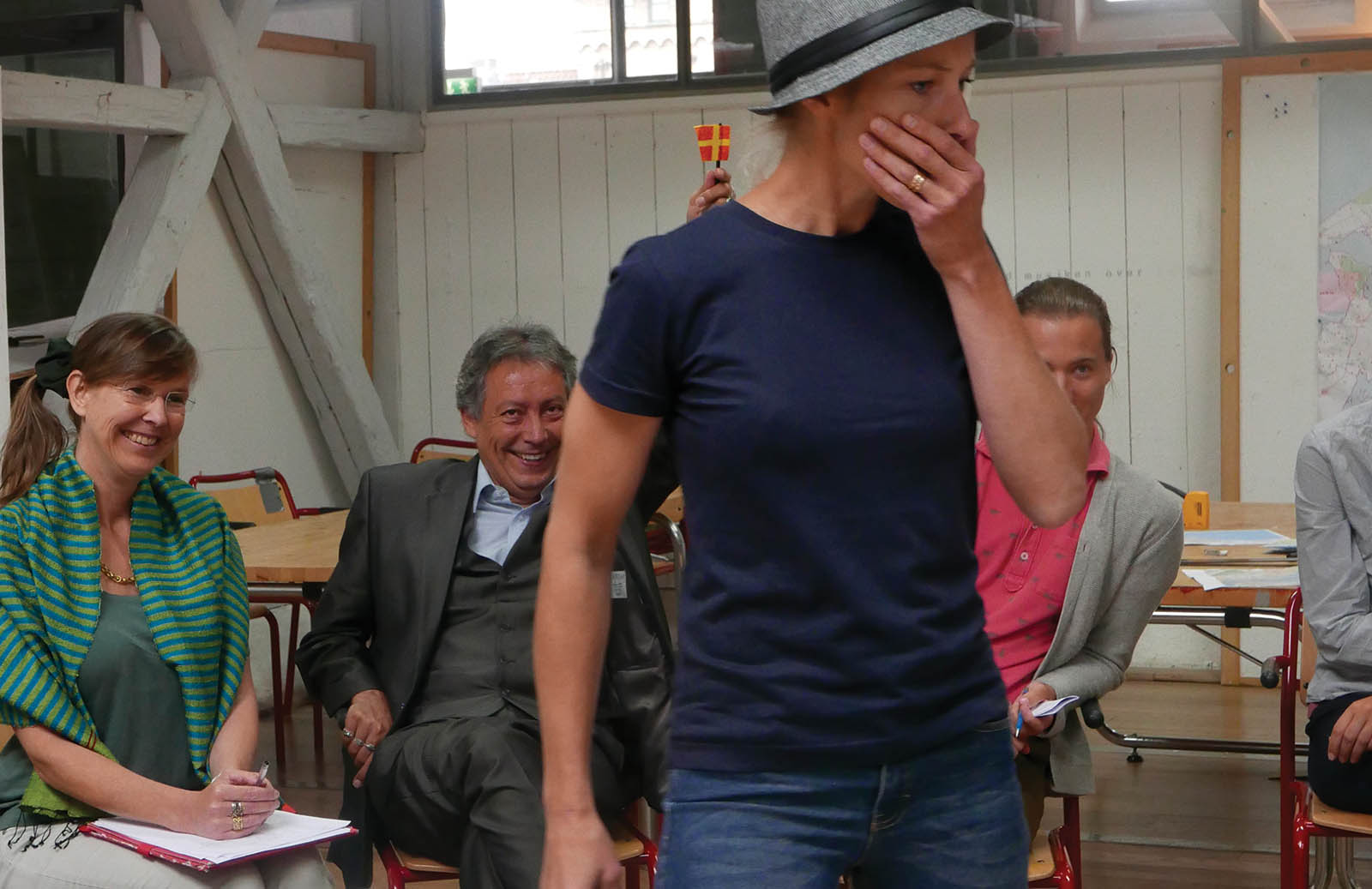Downloads
DOI:
https://doi.org/10.7480/spool.2016.1.1356Abstract
Based on a Travelling Transect approach, this paper explores how ample interpretations and opportunities for new thoughts about sites are developed, especially when these sites are explored along a combined material and immaterial predefined linear path that is distorted, challenged and redefined by bodily encounters and sensations on site. By using the Travelling Transect as an approach to do research and develop new understandings of sites, possible overlooked qualities manifest themselves in a series of registrations collected or inspired by encounters on site. Illustrated through a design research study around the Öresund strait, researchers exemplify how data becomes unlocked and re-interpreted through the approach. In short, the aesthetic values identified in a map, in a geometry or a static composition are displaced by the approach to values connected to an experience of site’s audio or material surroundings, time-space relations and on-site reflections and sensations connected to movement.
How to Cite
Published
License
Copyright (c) 2020 SPOOL

This work is licensed under a Creative Commons Attribution 4.0 International License.

References
Braae, E. (2015). Beauty Redeemed. Recycling post-industrial landscapes. Berlin, Germany: Birkhäuser.
Diedrich, L, Lee, G, & Braae, E. (2014). The Transect as a Method for Mapping and Narrating Water Landscapes: Humboldt’s Open Works and Transareal Travelling. NANO, 6. Retrieved from: http://www.nanocrit.com/issues/6-2014/transect-method-mapping-narrating-water-landscapes-humboldts-open-works-transareal-travelling
Diedrich, L., Lee, G., Farso, M., Henriksson, A. (2015). Öresundsect. Approaching site qualities in the Öresund Urban Landscape. NOVA University Network Summer Course. Course documentation Report. Alnarp, Sweden: SLU. doi:10.7480/spool.2016.1.1356.g1511
Ette, O. (2012). Alexander von Humboldt and Hemispheric Constructions. In: Kutzinski V. et al. (Eds.), Alexander von Humboldt and the Americas (pp. 209-236). Berlin, Germany: Walter Frey.
Ette, O. (2009). Alexander von Humboldt und die Globalisierung. Das Mobile des Wissens. [Alexander Von Humboldt and the Globalisation. The mobile knowledge]. Frankfurt am Main, Germany: Insel.
Farsø, M. (2015). Landskabsbyens Æstetik [The Aesthetics of the Landscape City] (unpublished doctoral dissertation). University of Copenhagen, Copenhagen, Denmark. Retreived from http://ign.ku.dk/formidling/publikationer/ign-phd-thesis/filer/MadsFars_PhD_web.pdf
Farsø, M. & Munck Petersen, R. (2015). Conceiving Landscape through Film. On filmic explorations in design studio teachings for a new Nature Park Amager. Architecture and Culture, Special issue on Film, 3(1).
Foxley, A., & Vogt, G. (2010). Distance and Engagement: Walking, Thinking and Making Landscape. Baden, Germany: Lars Mullers Publishers.
Hauxner, M. (2002). With the Sky as Ceiling: Landscape and Garden Art in Denmark. In Marc Treib (Ed.), The Architecture of Landscape, 1940-1960. Philadelphia, PA: University of Pennsylvania Press.
Henriksson, A. (2015). (con)temporary space. Conceiving open space in Nyhamnen – Malmö (unpublished master’s thesis). Swedish University of Agricultural Sciences, Alnarp, Sweden. Retreived from: http://stud.epsilon.slu.se/8314/
Humboldt, v. A. (2004). von Ansicht der Kordilleren und Monumente der eingeborenen Völker Amerikas. 1810-13 [Views of the Cordilleras and Monuments of the Indigenous Peoples of the Americas 1810-13]. Frankfurt am Main, Gemany: Eichborn.
Humboldt, v. A.(2004). Kosmos: Entwurf einer physischen Weltbeschreibung. 1847 [Cosmos : a sketch of a physical description of the universe 1847]. Frankfurt am Main, Germany: Eichborn.
Kutzinski, V. et al. (2012). Alexander von Humboldt and the Americas. Berlin, Germany: Walter Frey.
Lassus, B. (1998). The Landscape Approach. Philadelphia, PA: University of Pennsylvania Press.
Malnar, J. M. & Vodvarka F. (2004). Sensory Design. Minneapolis, MN: University of Minnesota Press.
Massey, D. (2005). For space. London, United Kingdom: SAGE.
McHarg, I. L., & Mumford, L. (1969). Design with nature. New York, NY: American Museum of Natural History.
McLucas, C. (2010). Deep Mapping. Retrieved from http://cliffordmclucas.info/deep-mapping.html
Munck Petersen, R., & Farsø, M. (2016). Resonance and Transcendence of a Bodily Presence How a filmic mapping of non-visual, auditive and bodily relations in space can strengthen the sensory dimension in architectural design. In Troiani, I., & Campbell, H. (Eds.), Architecture filmmaking. Bristol, United Kingdom: Intellect Ltd.
Vogt, G. , Bornhauser, R., & Kissling, T. (Eds.) (2014). Landscape as a Cabinet of Curiosities: In Search of a Position. Zurich, Switzerland: Lars Müllers Publishers.



